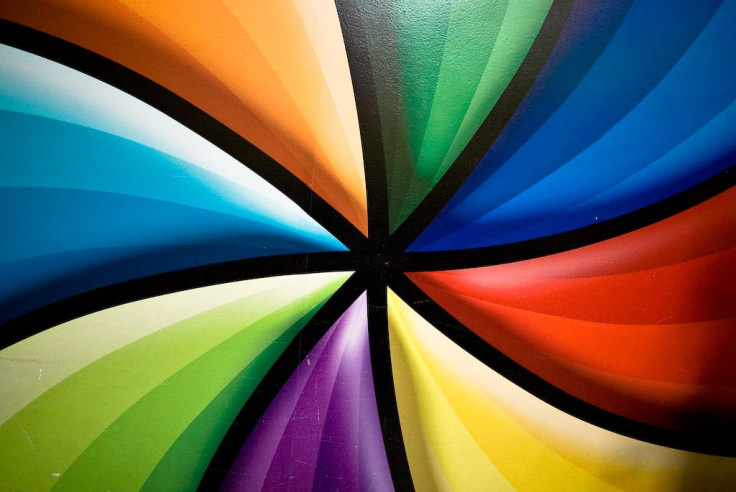The Evolution Of Language: Study Of Rare Indigenous Language Shows All Humans Think Of Colors In The Same Way

Our ability to use complex language sets humans apart from every other creature on Earth, but we’re still not sure of exactly how we developed this great skill. Although there are thousands of human languages, a recent study on just one of these languages spoken by less than 1,000 people has given researchers important insight into the evolution of human language, specifically when it comes to our ability to name colors.
The Hadza are a nomadic group of hunter-gatherers who live in northern Tanzania. To date, their culture remains largely untouched by the outside world and their language is unlike any other. Although the Hadza language is rich, it lacks many words used to describe color. Since scientists already understand quite a bit on how the human brain perceives color and know that all people see color the same way, studying the Hadza color vocabulary gave great insight into how language evolved.
To investigate, the team asked the Hadza to name certain colors and noted the grouping patterns that emerged for colors they were able to name. According to the study, the Hadza participants were only able to accurately identify black, white, and red and struggled to name other colors or simply answered “I don’t know.” Although the Hadza were not able to name many colors, the researchers soon observed that the way they grouped the few colors they named closely matched both the color-naming patterns of Somali-speaking immigrants and native English speakers, as well as over 100 other languages around the world. This suggests that although at this point the Hadza lack the actual words for colors, they still have linguistic mechanisms in place necessary for this task.
“You can think of the words as species that are evolving — they are competing for space in our heads. So this is an example of cultural evolution that closely mirrors biological evolution," explained Delwin Lindsey, one of the researchers involved in the project, in a recent statement.
The researchers noted that they could see the emergence of a relatively modern type color vocabulary. “The structure of color categories is in place in Hadzane, even though words for many of the categories are not in general use,” they wrote.
This is not the first time that researchers have noted the important link between color and language. Although we are all able to perceive color the same way, a 2008 study on the Himba people from Namibia revealed that knowing color terms enhances our ability to recognize different hues. The Namibian people lack a word in their vernacular for the color blue. Through a series of experiments, researchers noted that not having a word for blue in their language significantly compromised the Himba ability to accurately tell blue apart from its close color-wheel neighbor green.
Source: Lindsey DT, Brown AM, Brainard BH, Apicella CL. Hunter-Gatherer Color Naming Provides New Insight into the Evolution of Color Terms. Current Biology. 2015.



























